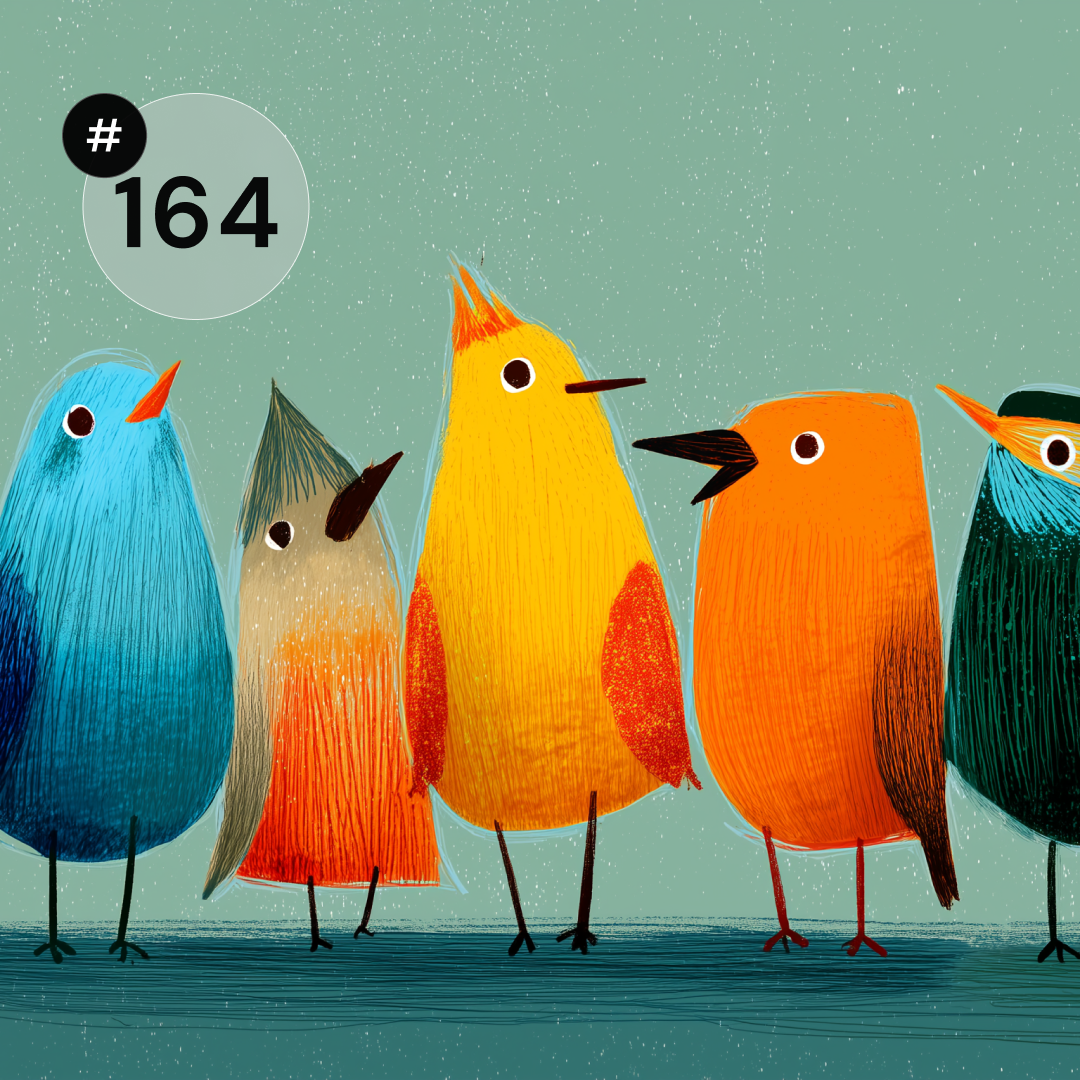He's got a brain. A sponge that absorbs both useful and useless things. Linked by millions of connections. Like a public transport network — tangled, confused, yet organized. A feeling or a loose thought is like riding a tram — we choose the right one, but we don't really have any influence on how it goes or what happens along the way. It's the same with the subconscious — some decisions are made by holding the wheel, while others are just a tube in a tram guided by our intuition. Or rather, riding with a black blindfold, sitting in the back seat. Especially when shopping.
How easy is it to deceive the brain?
And although we now know incomparably more about the brain than a few decades ago, and neuromarketing itself has been talked about since the 90s, it has long been pointed out that our organ responsible for thinking is quite naive. In 1957, people flocked to a movie theater in New Jersey. However, James Vickary, a marketer who experimented with black-and-white film, had the words “Hungry? Eat popcorn and drink Coca-Cola”. At the time of the projection, this simple stimulus was invisible to the human eye, because it lasted only 0.04 seconds, so it did not reach the brain either. However, it was taken away by the subconscious, which after the session prompted people to visit nearby stores, which, in turn, sold 57% more popcorn and 18% more cola than usual.
With all your senses
But it is not only by sight that a person absorbs the whole world around him. Equally important and suggestive are the smells. Let's imagine that we are walking down the street. We're hungry. Very hungry. We come across a pizzeria, the smells of which sting us in the nose — itching and burning. We twist our nose, accelerate the pace and move on. That's where the second pizzeria appears — this time we feel the incredible aroma of Italian pizza. We go in, buy, eat, like.
The Institute of Sensory Analysis conducts marketing research that suggests how to present products or in what context to put them in order to enjoy customer satisfaction — that is, to sell. For example, what smell best suits Hyundai cars? The Korean concern asked the institute to create an aroma for them that will put their customers in a pleasant mood. Excellent aromamarketing, which subconsciously whispers in the ear of the customer “in this car you feel extremely good.” What kind of smell is that? Check the car of this brand.
Through the senses to the brain
Remember the Sony Bravia TV commercial, in which several hundred colorful balls jump on the streets of San Francisco on a sunny day? This commercial in 2006 won the Golden Lion at the Cannes Film Festival. Rafał Ohme — Polish expert on emotions and communication analyzed what was behind its success. It turned out that not the balls themselves, nor the landscapes, nor the music aroused the greatest emotions, but the frog. Sony actually threw 250 thousand colored balls that jumped from the hills, but one of them accidentally hit the gutter from which the frog jumped. This caught the eye of one of the cameras, and the vigilant editor preserved this shot. And so the usual amphibian became the heart of the whole campaign among thousands of more colorful balls. It was this frog that aroused the greatest positive emotions, which are a straight path from catching something with the senses to our brain.
From Sony to Bond
The same Rafał Ohme also analyzed the brain work of watching two parts of James Bond's adventures — “Casino Royal” and “Quantum of Solace”. It turned out that quite a few scenes that pretended to be “epic” were wasted by details, such as the spectacular scene of a car crashing, which, due to the camera running too fast, did not impress the audience much. Therefore, in the production of the next part, “Skyfall”, ECC tests were already carried out before the final editing, in order to be able to throw out scenes that do not arouse emotion.
Heart, I don't understand
Because that's what emotions are all about. Neuromarketing has its supporters, but also opponents who shake their heads at the news of the spread of neuro research results and general reactions - after all, some ads received positively do not pass the neuro tests. For example, when the brain activity of people who were shown a spot of the aforementioned Coca-Cola was examined, during the tests it was found that quite a few motives were perceived very negatively, despite the fact that advertising was generally associated with positive emotions of summer, youth and joy. There is a client and there is his brain.












